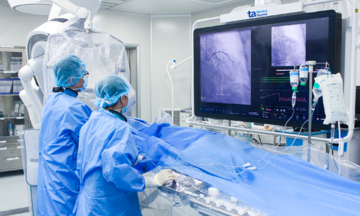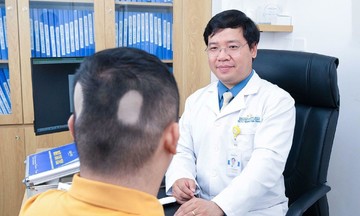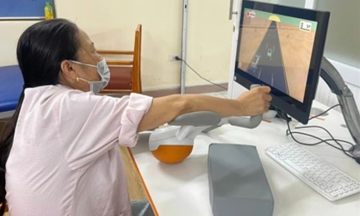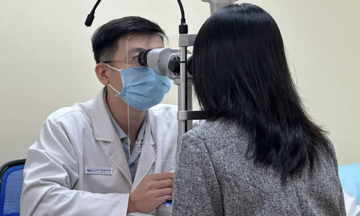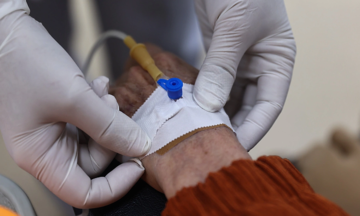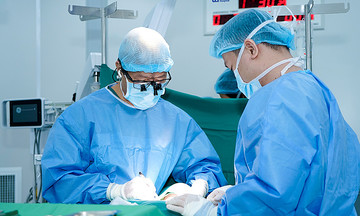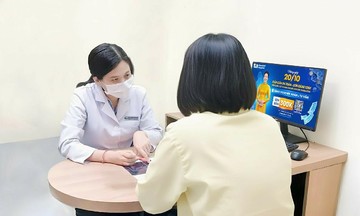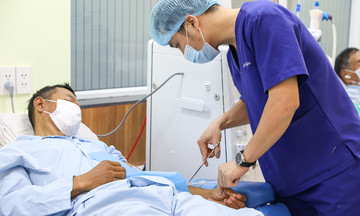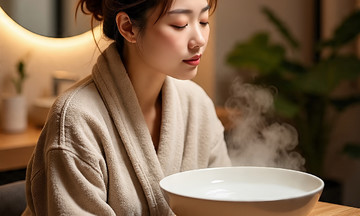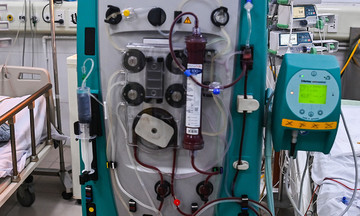Answer:
Lower extremity varicose veins occur when blood pools in the leg veins, unable to return to the heart normally. This increased venous pressure causes the veins to dilate, leading to heavy legs, aches, swelling, numbness, tingling, night cramps, and other discomforts. Common causes include genetics, age, prolonged standing or sitting, obesity, hormonal changes (such as pregnancy), lack of exercise, or occupations requiring extended periods of standing or sitting (like teachers, salespeople, and receptionists).
Exercise offers numerous benefits for people with varicose veins, particularly by improving circulation. However, not all exercises are suitable. Low-impact activities like walking, swimming, cycling, and yoga are recommended. Strenuous exercises that put significant pressure on the legs, such as jumping rope, basketball, and volleyball, should be avoided. Static exercises with heavy weights, deep squats, and deadlifts can also worsen symptoms.
Running can be beneficial for mild to moderate varicose veins without complications, but the intensity should be adjusted. The rhythmic leg muscle contractions during running effectively pump blood through the veins, reducing leg heaviness and fatigue. Run on flat surfaces, avoiding uneven terrain or steep inclines to minimize pressure on the veins. Wear well-fitting, supportive running shoes with good cushioning to absorb impact.
Warm up thoroughly before each run, gradually increasing intensity. Avoid excessively long or strenuous runs. Wear compression stockings during exercise to support blood circulation in the legs. Combine running with other gentle activities like walking, cycling, swimming, or yoga, all considered safe and helpful for managing varicose veins. Regular, appropriate exercise activates leg muscles, aiding blood flow back to the heart and improving varicose vein symptoms.
If running exacerbates your symptoms, causing increased pain, swelling, night cramps, or the appearance of prominent, twisted veins, stop running and consult a doctor. A doctor may recommend alternative exercises, medication, or other interventions if necessary.
Untreated varicose veins, combined with an unsuitable lifestyle, can worsen over time, disrupting blood flow to the legs and leading to complications like eczema and non-healing leg ulcers. Treatment depends on the severity and individual circumstances.
Most mild to moderate cases can be managed with lifestyle changes, compression stockings, and medication. A healthy diet, regular exercise, weight management, and limiting alcohol and tobacco use are crucial. For severe cases or those with complications, a doctor may recommend surgical intervention or minimally invasive procedures like non-thermal techniques (sclerotherapy, bio-adhesive glue injection) or endovenous thermal ablation (laser or radiofrequency ablation).
MSc. Dr. Tran Quoc Viet
Department of Cardiology, Tam Anh General Hospital, Hanoi
| Readers can submit questions about cardiovascular diseases here for doctor's answers |



